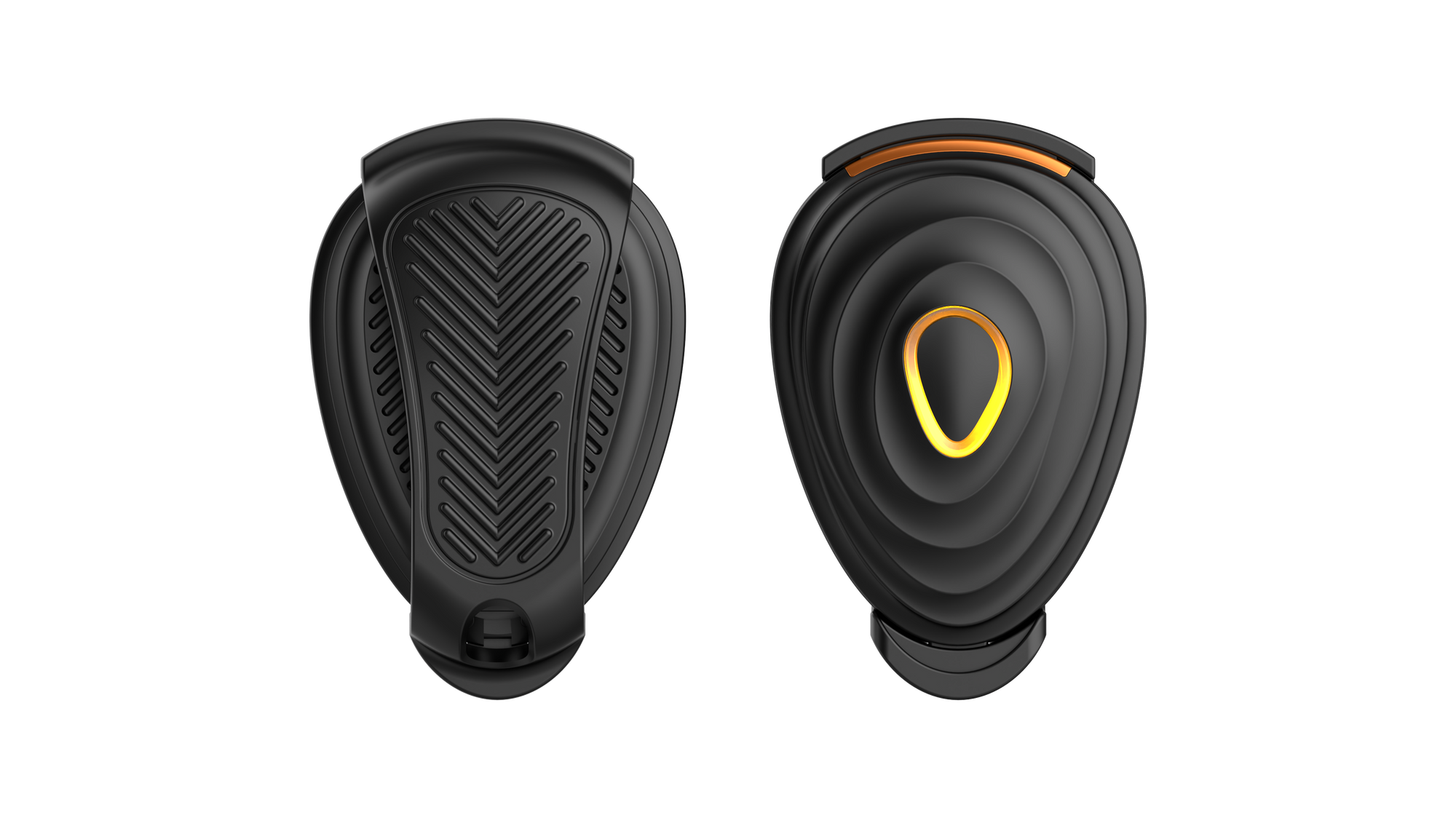I’ve seen a few people being confused about a message which is shown when upgrading ESXi. The message is: The following VIBs on the host are missing from the image and will be removed from the host during remediation: vmware-fdm(version number + build number). Now this happens when you use vLCM (Lifecycle Manager) to upgrade from one version of ESXi to the next. The reason for it is simple, the vSphere HA VIB (vmware-fdm) is never included in the image.
If it is not included, how do the hosts get the VIB? The VIB is pushed by vCenter Server to the hosts when required! (When you enable HA for instance on a cluster.) This also is the case after an upgrade. After the VIB is removed it will simply be replaced by the latest version of it by vCenter Server. So no need to be worried, HA will work perfectly fine after the upgrade!

 A month ago or so I posted a thread on twitter that discusses my experience of using the
A month ago or so I posted a thread on twitter that discusses my experience of using the 